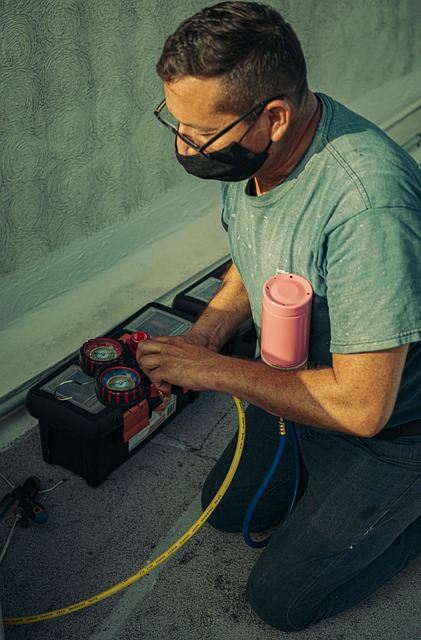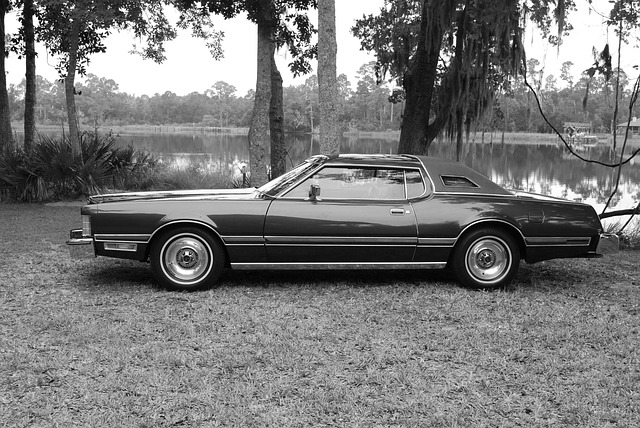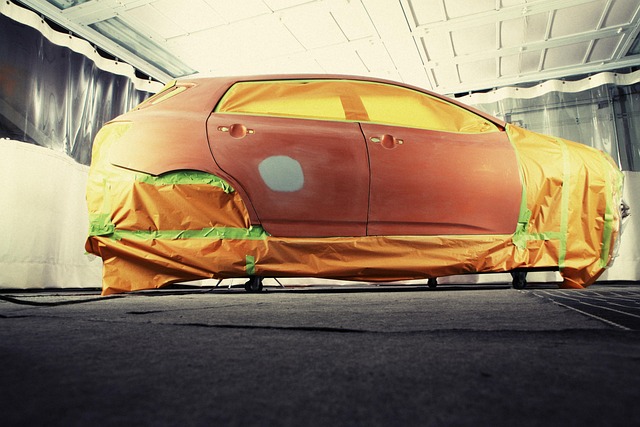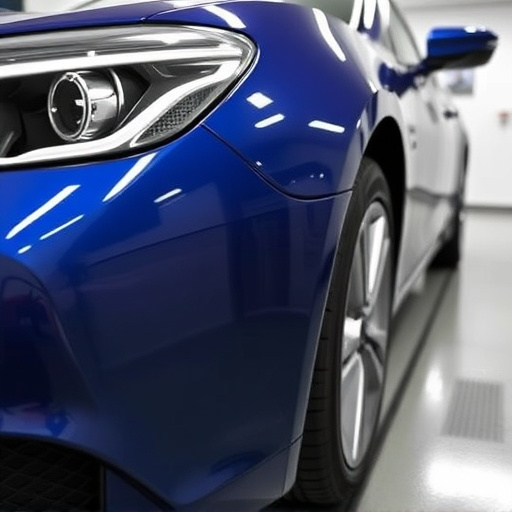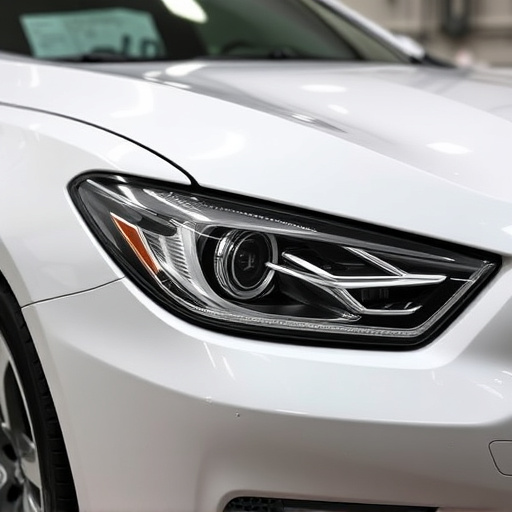The automotive industry is rapidly transitioning towards sustainable practices with a focus on eco-friendly automotive paint types. Manufacturers are developing advanced formulas that reduce emissions, minimize toxic components, and enhance durability, aligning with environmental consciousness and regulatory standards. This shift benefits both the environment and vehicle repair processes by minimizing waste and promoting recyclability, particularly in dent and frame repairs. Modern automotive paint types offer superior resistance to damage, while innovative technologies like nano-particle paints contribute to longer-lasting bodywork. The future of automotive painting is driven by water-based and solvent-free formulas that reduce volatile organic compounds (VOCs) and cater to the growing demand for sustainable options among environmentally conscious consumers.
The future of automotive paint types is evolving rapidly, driven by growing environmental concerns and technological advancements. This article explores three key trends reshaping the industry. Firstly, we delve into the rise of eco-friendly paints as a sustainable revolution, powered by advanced water-based and solvent-free technologies. Secondly, digitalization and 3D printing are transforming vehicle personalization, offering unprecedented customization options for car enthusiasts. Lastly, innovations in paint durability and protection, such as anti-corrosion and self-healing smart paints, promise to extend vehicle lifespans. These trends underscore the dynamic nature of automotive paint types, catering to both environmental stewardship and enhanced vehicle performance.
- The Rise of Eco-Friendly Paints: A Sustainable Revolution
- – Exploring the demand for environmentally conscious automotive paint solutions
- – Advanced water-based and solvent-free technologies
The Rise of Eco-Friendly Paints: A Sustainable Revolution

The automotive industry is experiencing a significant shift towards sustainability, and this trend extends to the realm of paint types as well. Eco-friendly paints are gaining traction, marking a revolutionary change in the way vehicles are coated. With growing environmental consciousness, manufacturers are responding by developing innovative solutions that minimize the ecological impact of traditional automotive paint. These advanced formulas offer reduced emissions, less toxic components, and better durability, appealing to both consumers and regulatory bodies.
This shift towards sustainability doesn’t just benefit the environment; it also positively impacts the overall vehicle repair process. In cases involving car dent repair or auto frame repair, eco-friendly paints provide a superior finish that blends seamlessly with the original body panel. This not only ensures a more aesthetically pleasing result but also contributes to the growing trend of minimizing waste and promoting recyclability in the automotive sector.
– Exploring the demand for environmentally conscious automotive paint solutions

The automotive industry is undergoing a significant shift as consumers become increasingly conscious of environmental impact. This trend is driving the demand for environmentally friendly automotive paint solutions. Traditional automotive paints often contain volatile organic compounds (VOCs) that contribute to air pollution and greenhouse gas emissions. As a result, there’s a growing preference for low-VOC or water-based paints that offer comparable performance without the harmful effects.
This shift towards sustainability is not just about reducing environmental impact but also enhancing vehicle aesthetics and durability. Modern automotive paint types are designed to resist chipping, fading, and rust, ensuring vehicles maintain their sleek appearance for longer periods. Furthermore, advancements in technology have led to innovative solutions like nano-particle paints that provide enhanced protection against dent removal and vehicle collision repair, contributing to the overall longevity of vehicle bodywork.
– Advanced water-based and solvent-free technologies
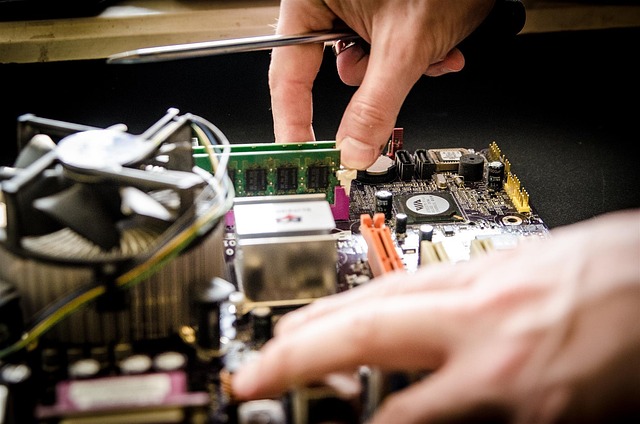
The future of automotive paint types is being reshaped by innovative technologies that offer both environmental and performance benefits. Advanced water-based and solvent-free paints are gaining traction in the industry, driven by a growing demand for eco-friendly solutions. These cutting-edge formulations not only reduce volatile organic compounds (VOCs), but also provide excellent coverage and durability, mirroring traditional paint options while minimizing environmental impact.
This shift towards sustainable automotive paint types is supported by evolving consumer preferences and regulatory pressures. As awareness of environmental issues increases, consumers are increasingly seeking eco-friendly alternatives in various sectors, including auto care. This trend is further accelerated by collision repair centers and auto repair services that prioritize environmentally conscious practices, integrating these advanced water-based and solvent-free technologies into their offerings to meet the evolving needs of car owners while contributing to a greener planet.
As we look ahead, the future of automotive paint types is bright, with a growing emphasis on sustainability and innovation. The rise of eco-friendly paints, driven by consumer demand for greener options, is transforming the industry. Advanced water-based and solvent-free technologies offer not only environmental benefits but also improved performance and reduced VOC emissions. This shift towards sustainable automotive paint solutions promises a cleaner, more efficient future for both manufacturers and consumers alike.


